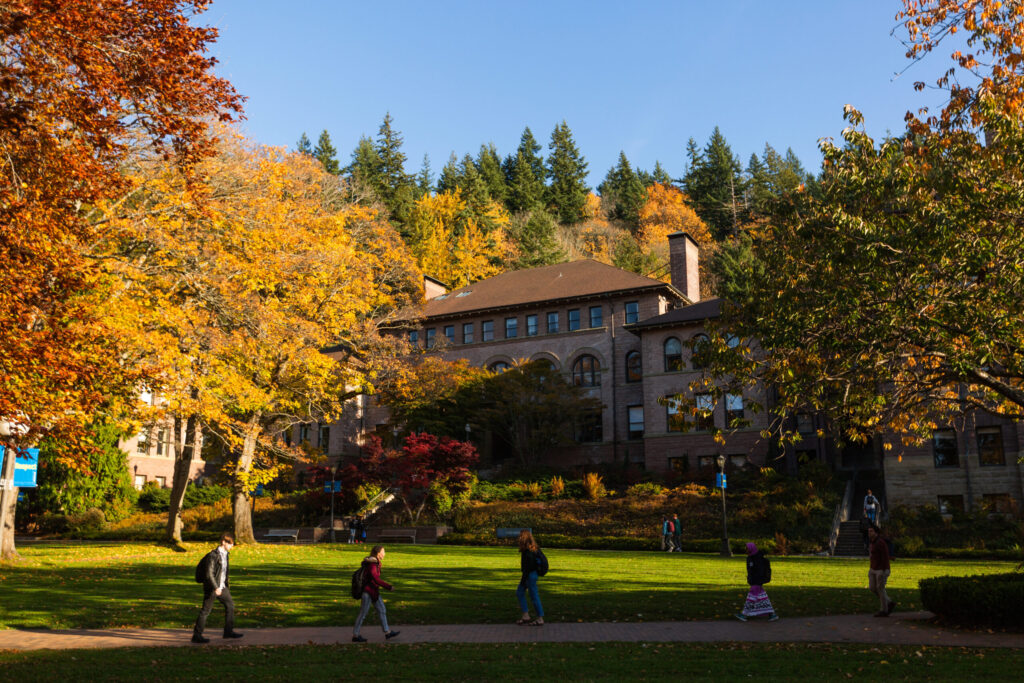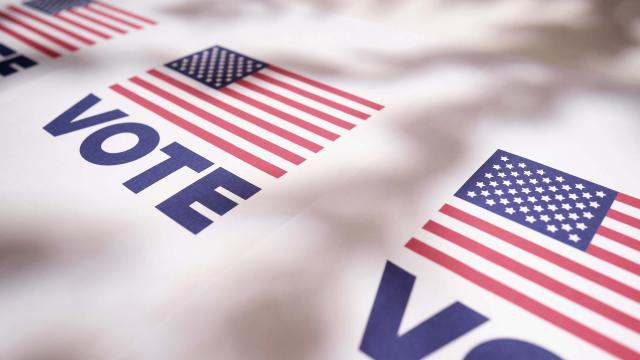Projected future snow at Mt Spokane Ski and Snowboard Park

By the middle of this century, during the prime ski season, the average mean temperature at Mt Spokane is expected to rise from a historical mean of 25.9°F to 30.6°F under the lower emissions scenario
SPOKANE
Over the course of this century, projected temperature increases and the increasing likelihood that precipitation will fall as rain rather than snow during the cold months of the year will likely shrink the length of the ski season and lead to adverse economic impacts for all five Spokane-area ski resorts: Mt. Spokane Ski & Snowboard Park, 49 Degrees North Mountain Resort, Silver Mountain Resort, Schweitzer Mountain Resort, and Lookout Pass Ski Area.
For the purposes of this summary climate data story, the authors of this chapter focused on future climate impacts at one of these five resorts: Mt. Spokane Ski & Snowboard Park (Mt. Spokane). By the middle of this century (2040–2069) during the prime ski season (December–February), the average mean temperature at Mt. Spokane is expected to rise from a historical (1971–2000) mean of 25.9 degrees Fahrenheit to 30.6 °F under the lower emissions scenario (RCP 4.5) or 31.8 °F under high emissions scenario (RCP 8.5).
The rise in mean temperatures at Mt. Spokane is expected to correspond to a decline in snow at the ski park. Simply put, as temperatures rise, it becomes far more likely that precipitation will fall as rain rather than as snow. To determine how much snow Mt. Spokane might have by mid-century, our team used the variable snow water equivalent (SWE), which is a measure of how much liquid water is available in a given amount of snow on the ground. By midcentury, our analysis found, SWE accumulated on Mt. Spokane by the date January 1st—a key date for the local ski industry—is expected to decline from a historical mean of 10.7” to 8.8” under RCP 4.5 and to 7.5” under RCP 8.5.
Moreover, if we examine precipitation projections, we can make the reasonable inference that this loss of snow is due to rising temperatures and not declines in precipitation. By mid-century, winter (December to February) precipitation at Mt. Spokane is projected to move from a historical mean of 14.6” to 15.8” under RCP 4.5 and to 16.0” under RCP 8.5. During this same mid-century period, the annual number of days below freezing (32 °F) at Mt. Spokane is projected to drop from a historical average of 169 days to 127 days under RCP 4.5 and to 111 days under RCP 8.5 (Table 6). In other words, there is expected to be 42–58 fewer freezing days per year at Mt. Spokane by midcentury compared to what was observed during the last three decades of the 20th century.
If we consider this trend of fewer freezing days, we can make the reasonable interference that by mid-century Mt. Spokane will see fewer days cold enough for snow to form in the atmosphere and remain frozen on the ground. Fewer days below freezing also means fewer days cold enough to make snow with equipment, which generally requires temperatures below freezing (specifically 30 °F or lower).
Reported by Brian Henning (Gonzaga University), David Camp (Northwest Renewables), and Erik Budsberg (Eastern Washington University)












